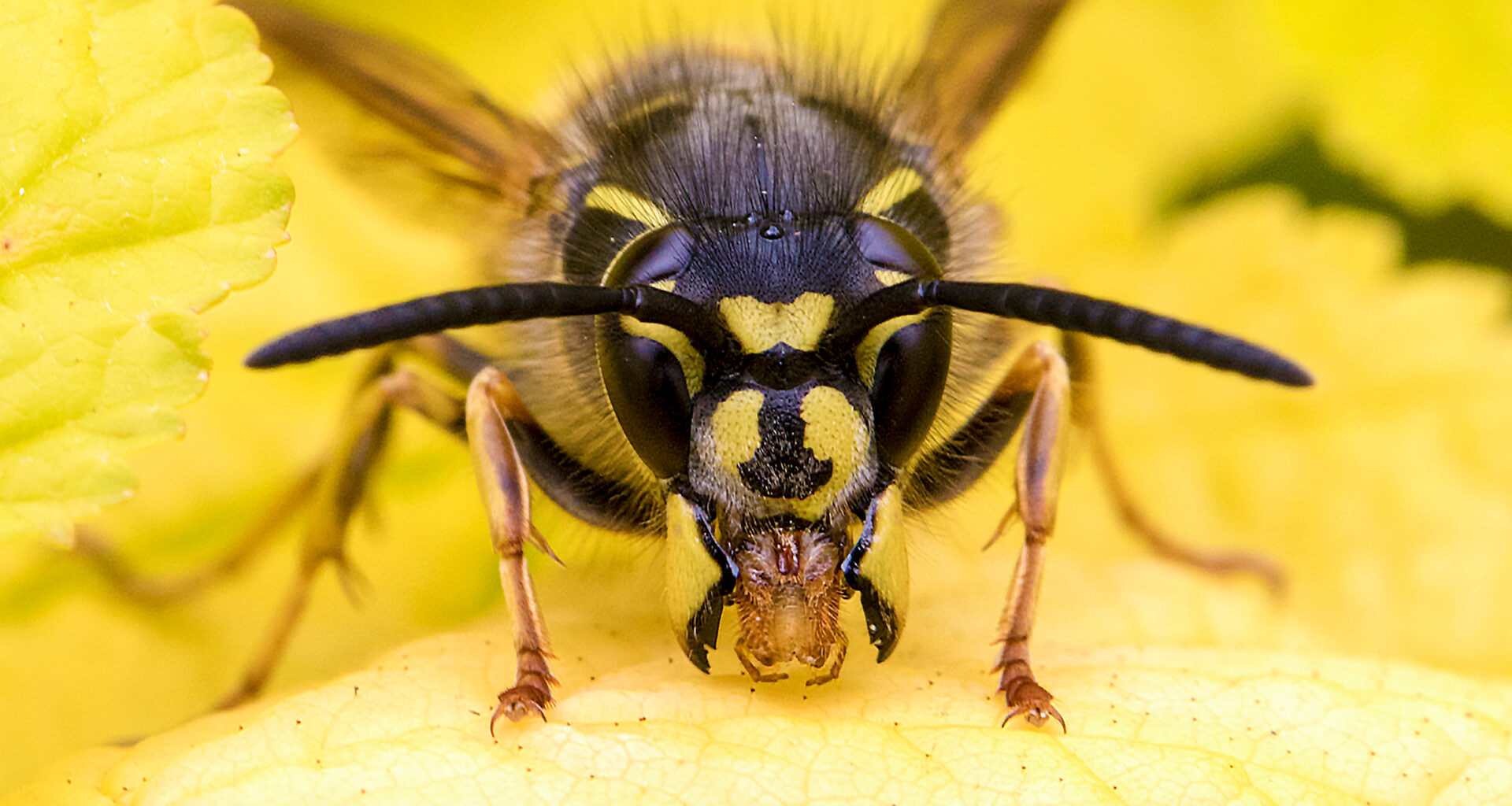Mastering insect photography takes more than just a macro lens and a sharp eye. You’ll need a solid understanding of camera settings – like increasing your ISO to maintain fast shutter speeds when using narrow apertures for greater depth of field.
But gear and technique are just the beginning. Without an engaging subject and a creative vision, even the sharpest macro shots can fall flat.
That’s why Tony Mathews shares his behind-the-scenes insight on how to capture stunning insect shots. He also gives tips for creating impactful close-ups of the miniature world.
You may like

A narrow aperture is required for macro work otherwise the depth of field is too shallow (Image credit: Tony Mathews)
The photo is of a Phaonia Rufiventris, which I was hoping to find when I visited our local woods. By the time I found this one sitting on a wild garlic leaf, the sun had disappeared, and there wasn’t a lot of light – but the good news was that the insect wasn’t moving around much.
I set an aperture of f/16 to get a reasonable depth of field. In order to get a usable shutter speed, I had to increase the ISO to 6400. This gave me a shutter speed of 1/50 sec.
As I was lying on the ground when I took the shot, I didn’t have trouble with camera shake. ISO 6400 does introduce a little noise, but that was easily removed with noise reduction software when I processed the image. This was one of around 50 shots I took before the insect flew away.
Top tips for capturing insects

Hoverflies are the easiest insects to capture in flight (Image credit: Tony Mathews)
1. Early mornings
I usually go out with the camera early to mid-morning, because as soon as it starts to warm up, especially in the summer, a lot of the insects go into hiding. Early morning is especially good as the insects haven’t warmed up and can often be found sitting on leaves. When they are like this, you can usually get as close to them as you want to.
2. Go mirrorless
One of the problems I used to find with a DSLR was that the shutter noise often frightened the insects away. That’s no longer the case with an electronic shutter; you can usually get as close as you want to. The only time I use the mechanical shutter is for insects in flight due to the rolling shutter effect.
3. Hover time
Photographing insects in flight can be great fun. Some of the easiest to get in-flight shots of are hoverflies, especially the one commonly known as a Marmalade hoverfly (Episyrphus Balteatus). They will often hover in the same spot for many seconds at a time before darting off.
4. Sugar the pill
Take a spray bottle of sugar water with you when you go out. A light spray of sugar water on flowers or leaves can dramatically increase the number of insects that will appear.
To close up to the insects, you need a macro lens, and here are some of the best macro lenses for 2025. You’ll need to carry your gear around, so take a look at this selection of camera bags. Once you’re back home, why not try out one of these memory card readers to transfer your images?
